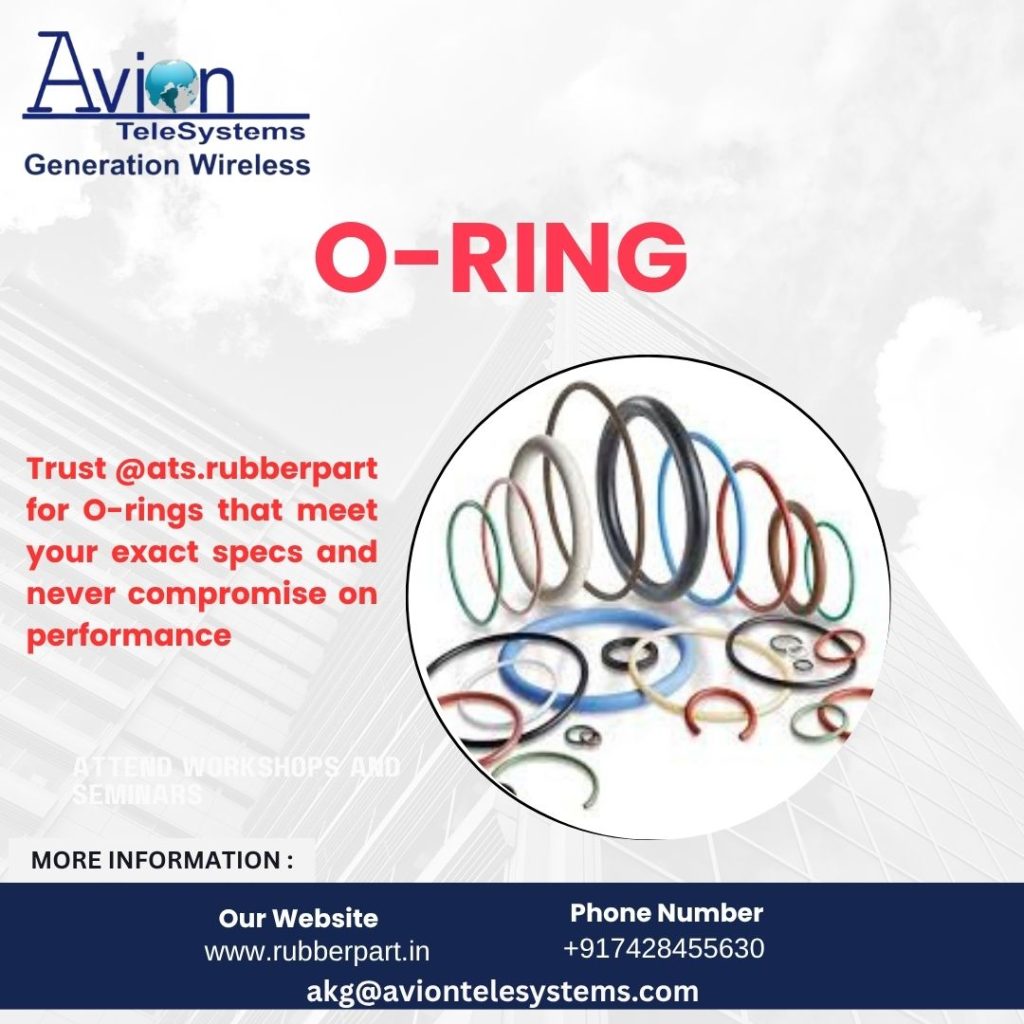When it comes to preventing leaks, ensuring pressure containment, and keeping mechanical systems running efficiently, the unsung hero is often the rubber O-ring. Small, simple, and seemingly insignificant, these circular seals play a massive role in industries ranging from aerospace and automotive to plumbing and pharmaceuticals. But what makes them so effective? Let’s dive into the science of sealing and explore how rubber O-rings do their job.
What is an O-Ring?
An O-ring is a donut-shaped (torus) seal typically made from elastomeric (rubber-like) materials. It is designed to sit in a groove and compress between two surfaces to create a tight seal. Despite its simplicity, it is one of the most widely used sealing components in engineering.
How Does an O-Ring Work?
The magic of the O-ring lies in compression and resilience. When the O-ring is installed in a groove and the assembly is tightened, the O-ring gets compressed. This compression forces the O-ring material to flow and fill the space between the two sealing surfaces.
When pressurized fluid or gas tries to escape, the O-ring gets pushed harder against the sealing surfaces, enhancing the seal and preventing leakage. This is called a self-energizing seal—it gets stronger under pressure.
Key Properties of Rubber O-Rings
✅ Elasticity
Rubber materials like Nitrile (NBR), EPDM, Viton®, and Silicone are chosen for their ability to deform under pressure and return to shape, making them excellent for repeated sealing cycles.
✅ Chemical Resistance
Different rubber compounds are formulated to resist oils, fuels, acids, water, and extreme temperatures—making them suitable for a wide variety of environments.
✅ Durability
A good O-ring resists wear, compression set, and degradation, ensuring a long-lasting seal in demanding applications.
Where Are O-Rings Used?
You’ll find rubber O-rings in:
- Hydraulic cylinders and pumps
- Car engines and fuel systems
- Water purifiers and plumbing
- Medical devices
- Aerospace components
- Food and beverage equipment
Basically, anywhere a tight, reliable seal is essential.
Why O-Rings Fail (and How to Prevent It)
Even the best O-rings can fail if:
- The wrong material is used for the environment (e.g., using NBR in high-heat situations)
- They’re improperly installed or over-compressed
- The groove design is incorrect
- They’re exposed to incompatible chemicals
Choosing the right material, proper installation, and routine maintenance can significantly extend the life and reliability of an O-ring seal.
Conclusion: Small Component, Big Impact
Rubber O-rings may seem basic, but they are the result of precise engineering and materials science. Their ability to create leak-proof, pressure-tight seals in complex systems makes them a cornerstone of modern industry.
At ATS Rubber Part, we manufacture high-quality rubber O-rings tailored for durability, performance, and precision—designed to keep your systems sealed and secure.
Get in Touch
📞 Phone: +91 7428455630
📧 Email: akg@aviontelesystems.com
🌐 Website: www.rubberpart.in

